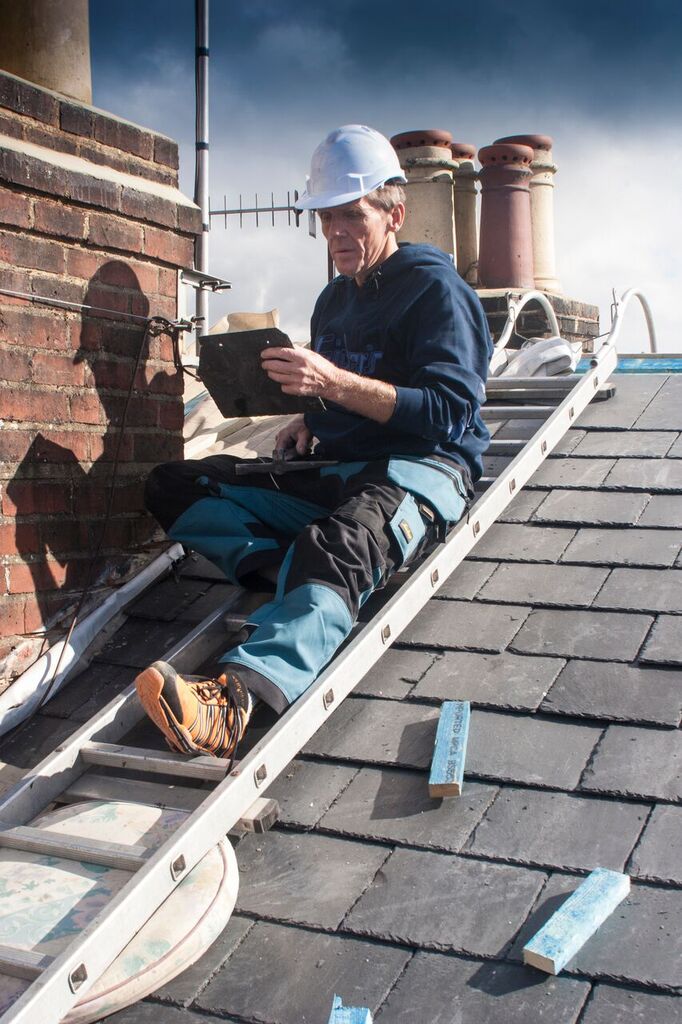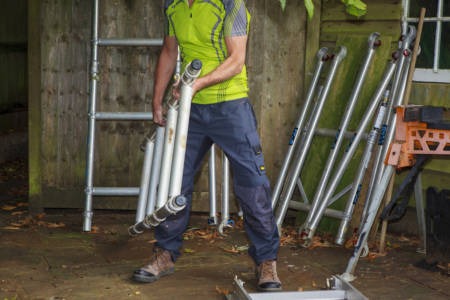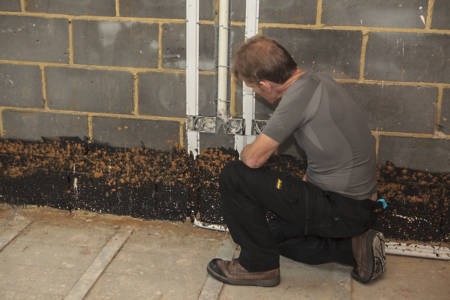Households could be generating an extra £3,000 per year by sharing their homes, cars, parking spaces and even power tools according to online parking marketplace YourParkingSpace and Rent my Items.
YourParkingSpace, which enables homeowners to rent out their spare parking spaces and driveways has reported that 1 in 3 adults are already using digital sharing economy platforms to make money from their underused assets and that figure is set to grow.
“The introduction of digital apps has made it far easier for individuals to connect and share items that they don’t make full use of and we’ve seen a surge in the numbers of people using our service over the past couple of years, explained Harrison Woods, managing director at Your Parking Space.
The digital start-up, which has been scaling its listings quickly, now advertises over 250,000 parking spaces across the UK, up 40 per cent from the same time a year ago. Demand for parking spaces through the site is also on the rise with an additional 70,000 new motorists registering to book parking spaces in the past 6 months.
The UK is ranked as having the third largest sharing economy in the world, currently worth £500 million it is projected that it could jump to £9 billion by 2025. Platforms such as Store Mates allow people to rent out their rooms or cupboard to people who need storage space, with a large cupboard renting for around £10.00 a week. Whereas Rent my Items enables people to rent out their bikes, BBQ’s and power tools for between £20.00 – £50.00 a time.
As from April 2017 those renting out their underused assets such as driveways and parking spaces will find it even easier to do so with the Government announcing a tax break for those using sharing economy platforms.
“We’re going to help the new world of micro-entrepreneurs who sell services online or rent out their homes through the internet,” said Chancellor George Osborne in his annual Budget speech earlier this year.
“Our tax system should be helping these people so I’m introducing two new tax-free allowances each worth £1,000 a year, for both trading and property income. There will be no forms to fill in, no tax to pay – it’s a tax break for the digital age and at least half a million people will benefit.”
Harrison Woods, Managing Director of YourParkingSpace, commented, “It’s great to see the UK Government acknowledging the significance of the sharing economy. It’s big business that will expand significantly over the coming years and support the UK economy, which is good news for everybody.”
























